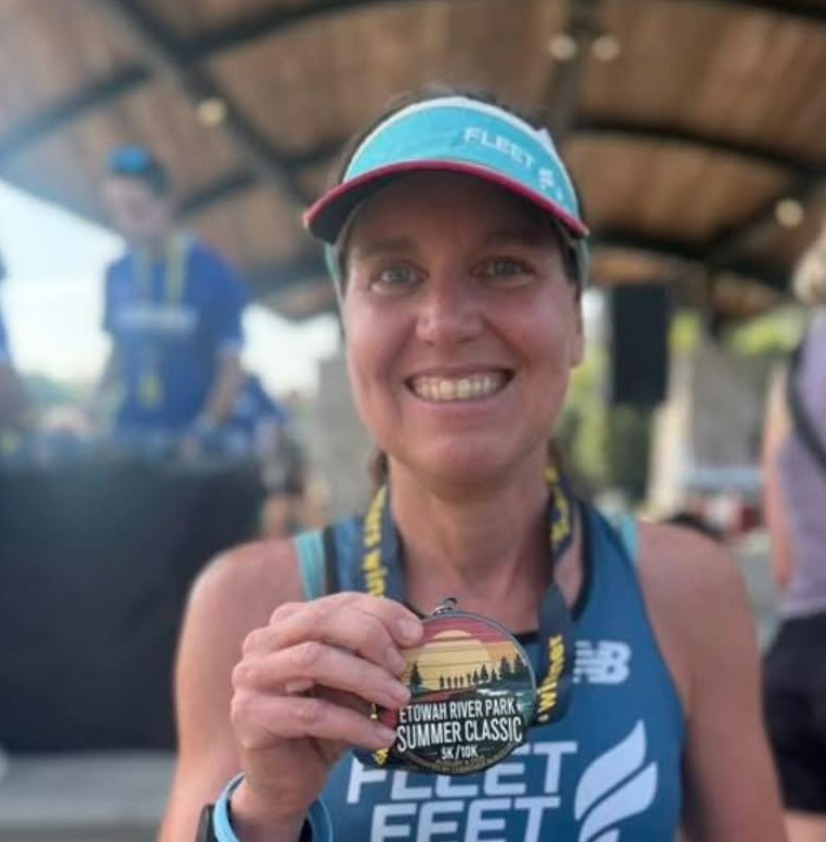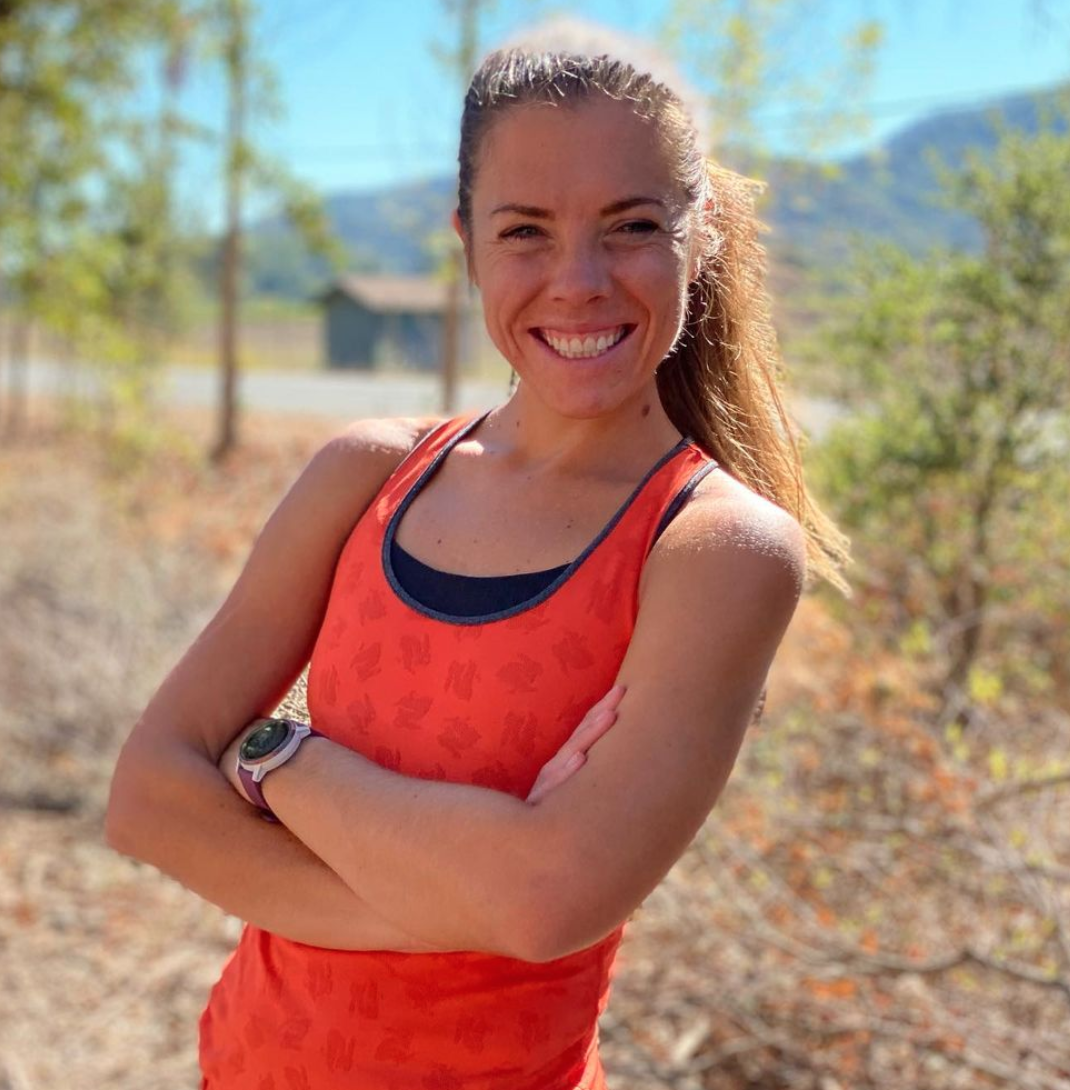Training Before Strava and Instagram

Wendy Mader has been in endurance sports since the early ’90s. From collegiate swimming on a full scholarship to discovering triathlon and building a thriving coaching business, she’s watched the sport evolve alongside the rise of the internet and social media.
What do you miss most about training before the internet and social media?
What I miss most is the simplicity. Training felt more internal. In college, we used RPE, rate of perceived exertion, as our main metric for training. We weren’t caught up in heart rate, pace, or power data, which can be influenced by so many external factors. You had to trust your body and intuition more and importantly, you weren’t constantly comparing yourself to others. You trained for your own reasons, in your own lane: literally and figuratively.
That said, there’s definitely a lot that’s better now. We have access to knowledge, community, and technology. You can get real-time feedback, learn from athletes and coaches around the world, and find your people. It’s amazing…if you use it intentionally.
How do you talk to your athletes about balancing performance and social media?
I ask them to reflect on why they’re sharing. Is it for connection? For accountability? Education? Or is it for validation? That awareness is key and helps them keep perspective.
I also remind them that not every workout needs a post. If you’re documenting everything, when are you really present in your training? The best gains usually come from the workouts no one sees.
Have you ever had to create boundaries for an athlete who was over-sharing or letting online validation dictate their training?
Definitely. I’ve had athletes who were constantly comparing on Strava or obsessed with posting right after a session. In those cases, we set limits. Maybe they take a social break on key training days or commit to posting only after reflecting on the session. Sometimes we hide workouts on Strava, or even delete it entirely, just to remove the temptation.
It’s not about cutting them off from community; it’s about helping them stay focused on their journey and goals.
ADVERTISEMENT

Have you seen social media contribute to burnout or overtraining?
Oh, absolutely. I call it “comparison-induced overload.” Athletes see others doing more…more miles, more speed, more racing and feel like they’re falling behind.
When I see signs of that, I bring them back to their goals. We talk about how progress isn’t linear or identical. I remind them that there are so many ways to measure improvement that a Garmin can’t show. Consistency. Mental resilience. Recovery. That’s progress too.
Have you evolved how you coach people because of social media?
When I started, my coaching business grew through referrals. Now, content creation and marketing through social media are a big part of the industry. Many of the coaches who work with a large number of athletes are the ones who know how to use social media well.
But my actual coaching has also evolved. I focus more on mindset than I used to. I coach people to filter noise, manage their self-talk, and build identity outside of numbers. Social media isn’t going away, so I help them create a healthy relationship with it…just like we’d do with training or nutrition.
When did you start using social media for your own training or community?
I actually created a Strava account in 2013 but didn’t start using it until 2020, during COVID. My local run group launched a global challenge to “run around the world,” logging our miles on Strava across teams of 10 runners. That’s when I saw how powerful it could be to connect and motivate people.
I’ll admit, I love chasing Queen of the Mountain segments (QOMs) because I love to climb. But as a coach, I’ve seen the downside. Some athletes abandon the intent of their training sessions just to chase a Strava segment or avoid “looking slow.” That can be frustrating, especially when I know they’re sacrificing long-term progress for short-term validation.
What’s your take on the culture of always needing to share?
I’m still adjusting to it. I see athletes whose entire feed is just daily proof they ran, as if it didn’t count unless it was documented. When I started, we didn’t need Garmin data or photos to validate our training. The satisfaction came from the work itself and from crossing the finish line.
Now, social media has become part of the routine for some athletes. I respect that, but I also think it’s important to question how it fits into your overall relationship with sport.
Conclusion:
Wendy’s story shows that while tools and platforms have changed, the heart of training hasn’t. Endurance sports will always come down to putting in the work, learning your body, and staying consistent over time. Social media can build community and open doors, but it can also shift focus away from the process that actually drives growth. Her coaching teaches athletes to be intentional and to build confidence that doesn’t rely on a like count.
The takeaway is simple but powerful: if training feels noisy or overwhelming, step back. Not every mile needs a post, and not every workout needs proof. Social media is a tool; it’s not the measure of your worth as an athlete. Wendy’s longevity in this sport shows what happens when you keep perspective: you last.
You can find Wendy on Instagram or on her website.
ADVERTISEMENT

Hollie is a runner, hiker, swimmer, residing in California. She has worked in run specialty for nearly 8 years and has fit hundreds of people for shoes. Outside of the running world, she enjoys the general aviation world, her two cats, and spending time with her spouse.






